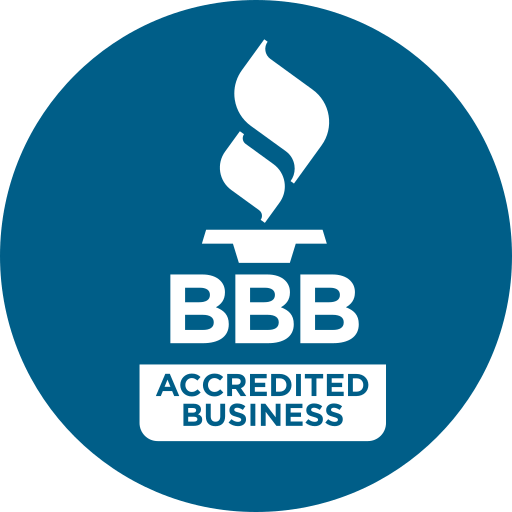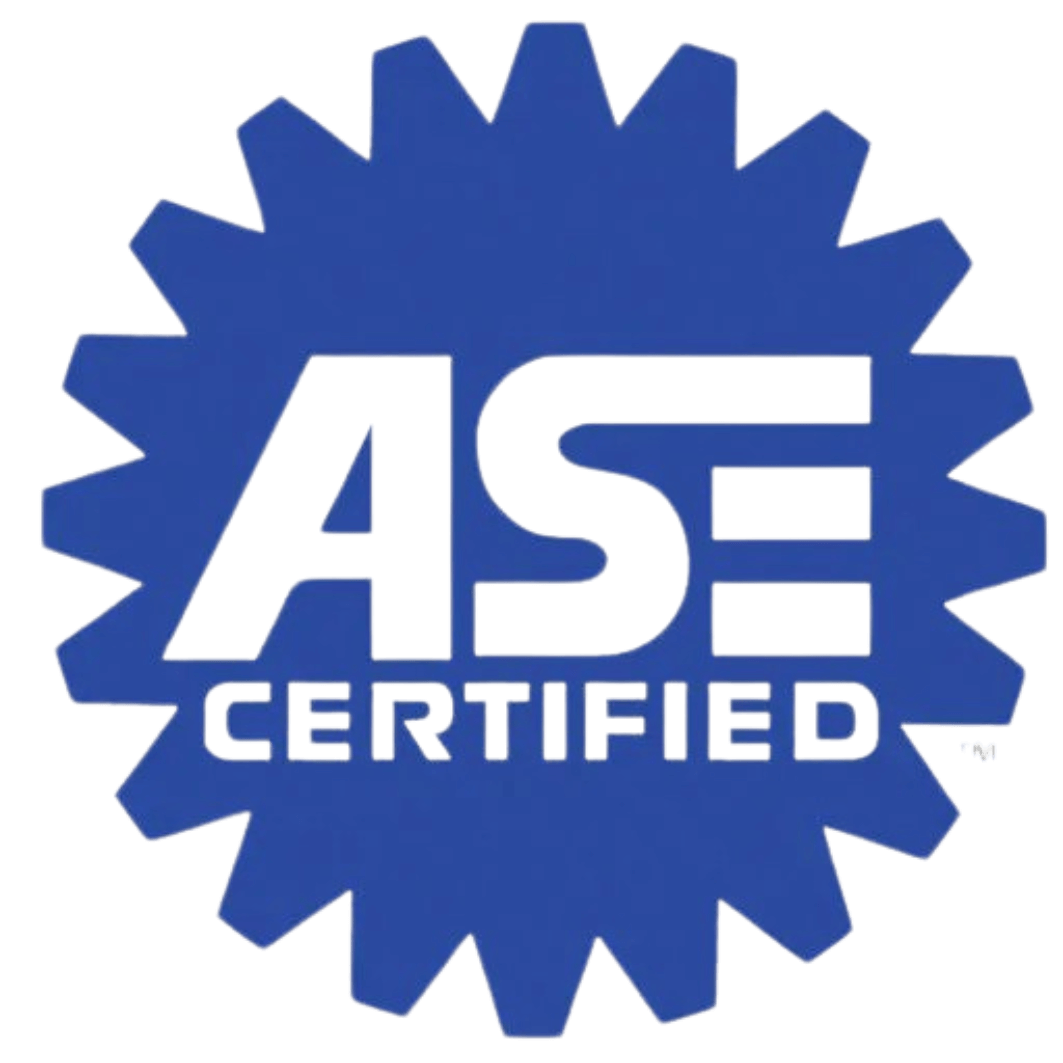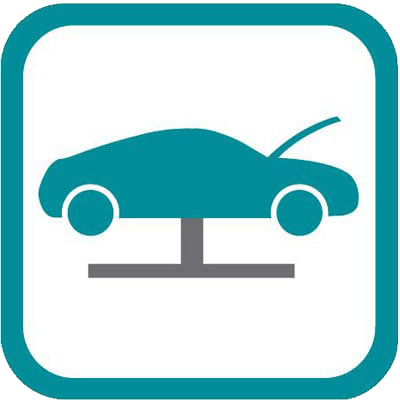Winterize your vehicle

If the weather turns frightful is your vehicle ready for winter driving? Stay safe & keep your vehicle in good working order this winter…
Holiday Driving Safety

Due to the excessive number of travelers driving during the holiday season, it is important to remember the following to avoid any possible trouble on the road. • Plan ahead – Plan time preceding your trip to assure your car is tuned up and ready for travel. Plan the route you will take, and leave […]
Extend the Life of your Used Vehicle
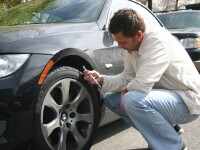
As the prices rise for a new car, more people are opting to buy used rather than new. If you are among the population that currently drives a used car, you know how important maintaining you car can be. The below tips will help make your used car last longer. • Drive carefully – This […]
Let us know how we’re doing

Hearing about the experiences of our customers is something we value. Reviews and feedback are important to us because they help us tailor the way…
Best Type of Oil for Your Car? Synthetic Oil or Conventional Oil?
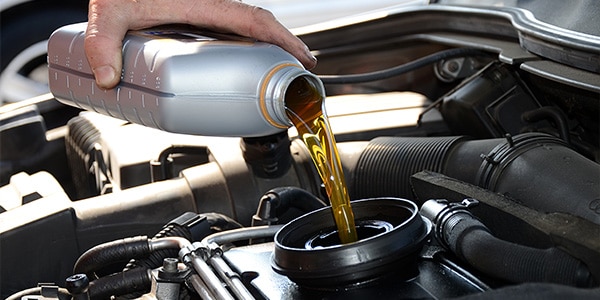
No doubt at some point in time you may have heard the ongoing debate about which type of motor oil is best for your motor…
Tips for Choosing an Auto Repair Shop
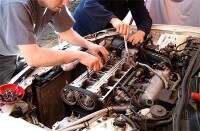
Tips for Choosing an Auto Repair Shop With so many motor vehicles around these days one would have thought it would be a simple task to find an auto repair shop. In fact finding an auto repair shop is not so hard; the problem is finding a good one. What constitutes a good auto repair […]
Car Engine Maintenance Tips
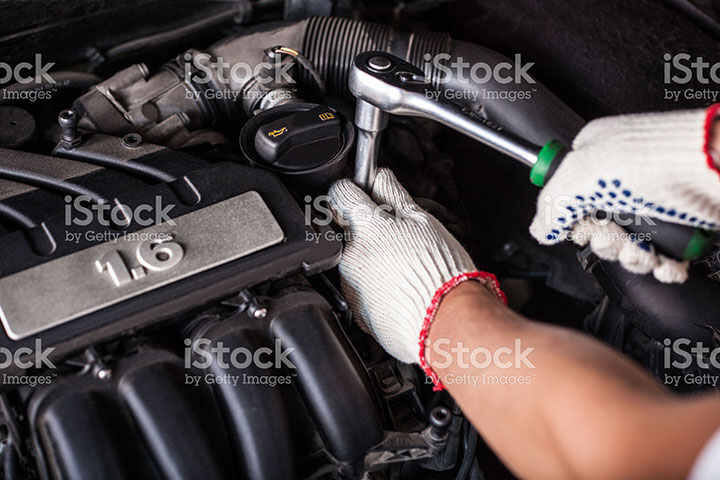
[vc_row][vc_column][vc_column_text] After you have spent a tidy sum on a car purchase, it makes sense to protect that investment by maintaining your car through regular check ups as prescribed by the manufacturer. If you become aware of any knocking, grinding or other noises emanating from your car, or if your car does not seem to […]
How to Change a Tire
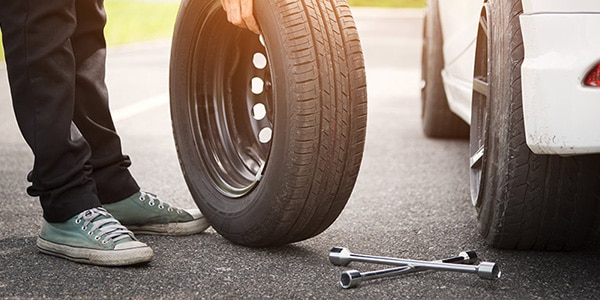
It is likely at some point in your life you will get a flat tire. Do you know what to do without having to…
Fixing Your Old Car vs. Buying a New One

As drivers, there comes that inevitable time in which we are faced with a dilemma: Repair our current car or purchase a new one? It is at this point in history, coming out of a recession, when we are starting to see more and more used cars on the road. These drivers have the right […]
Easy Transmission Maintenance

Transmission repair is one of the most costly and time-consuming car repairs. The transmission is what allows the automotive to move and shift gears. However, there are preventative steps you can take to minimize transmission problems. Car-x offers a free visual inspection of your system. Take advantage of the offer because it will save you […]
